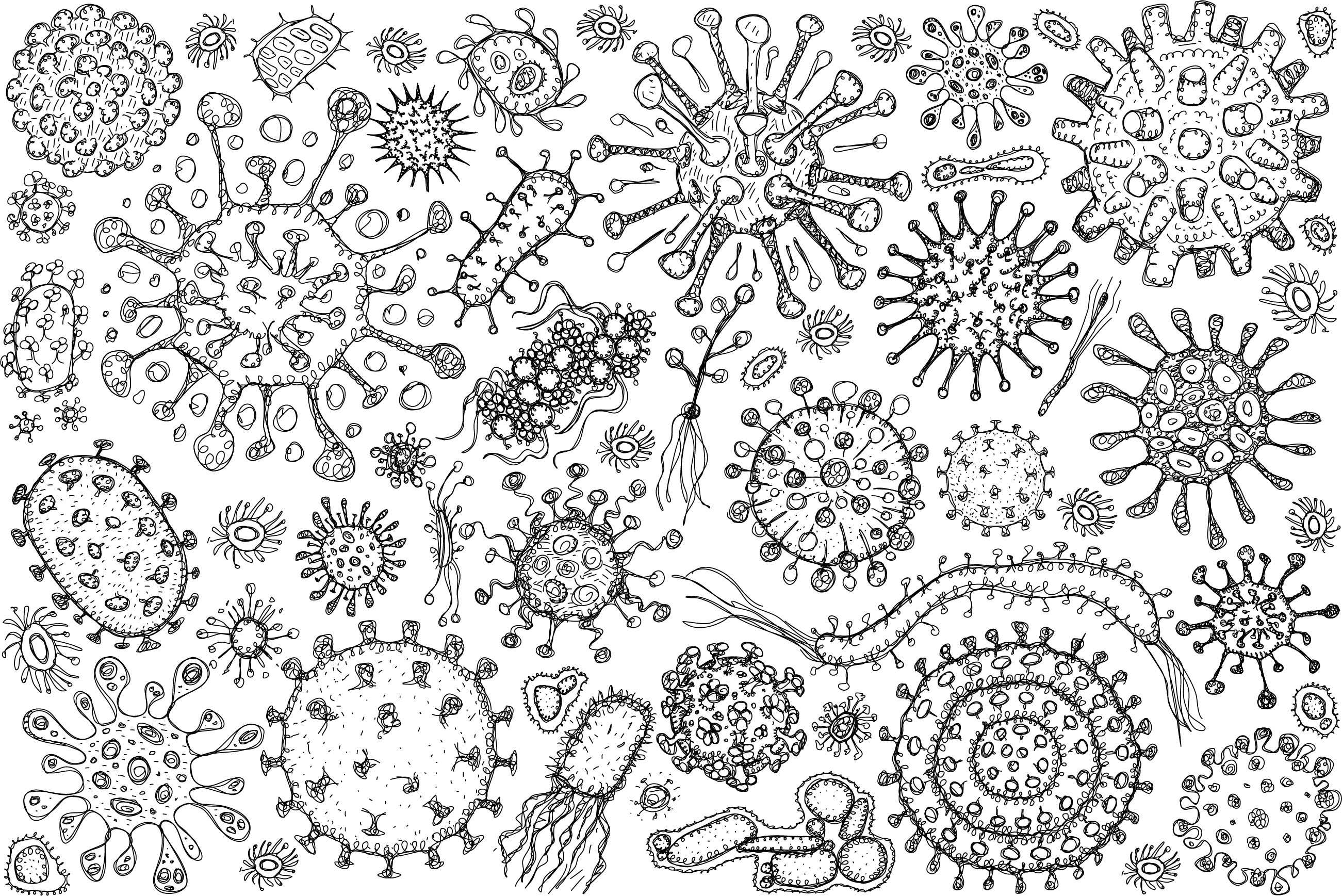
Seminar Title: Ask the ancestors: resurrecting and re-evolving the bacterial flagellar motor
Abstract: Associate Professor Matthew Baker works on two systems of biophysical interest: 1) the bacterial flagellar motor, a rotary electric nanomachine which powers most bacterial swimming, and 2) using de novo DNA nanotechnology to control and shape lipid membranes. The flagellar motor is one of the canonical molecular complexes, ~40 nm in diameter but capable of rotating at 1000 Hz, self-assembling in the membrane and changing rotational direction in milliseconds. His team's recent work on the flagellar motor used directed evolution to monitor the adaptation of the stator units, the engine which drives rotation, in changing environments to explore what constrains the operation and evolution of the motor. The structure of the stator was recently solved, hinting that the stators themselves are an even tinier rotating nanomachine! Furthermore, strong structural homology with other ion powered rotary motors has opened new avenues for considering the common origin of these complexes. These new structures changed our approaches to stator engineering, as well as revolutionised the study of motor biophysics, where many tiny ‘wheels’ in turn engage the larger rotor and ultimately the bacterial filament which enables cellular propulsion. Our most recent work consists of examining chimeric constructs of the separate components of the stator to examine what can possibly drive function, as well as rationally stabilising the central stalk (the B-unit) to examine what impact this has on function.
At the other end of the scale, from the in vitro bottom-up perspective, we look at how to build multi-compartment interacting systems out of simple DNA and lipid components. Our work on DNA nanostructures, in collaboration with Dr Shelley Wickham's team at Sydney University, has characterised the best way to connect DNA to lipids via cholesterol. We recently demonstrated that more cholesterols are not necessarily better and explored the most suitable linkage chemistry to allow strand displacement, the basis of all reaction and interaction in DNA nanotechnology.
LSC 3 (Life Sciences Institute - 2350 Health Sciences Mall) MBIM itsupport@microbiology.ubc.ca America/Vancouver publicSeminar Title: Ask the ancestors: resurrecting and re-evolving the bacterial flagellar motor
Abstract: Associate Professor Matthew Baker works on two systems of biophysical interest: 1) the bacterial flagellar motor, a rotary electric nanomachine which powers most bacterial swimming, and 2) using de novo DNA nanotechnology to control and shape lipid membranes. The flagellar motor is one of the canonical molecular complexes, ~40 nm in diameter but capable of rotating at 1000 Hz, self-assembling in the membrane and changing rotational direction in milliseconds. His team's recent work on the flagellar motor used directed evolution to monitor the adaptation of the stator units, the engine which drives rotation, in changing environments to explore what constrains the operation and evolution of the motor. The structure of the stator was recently solved, hinting that the stators themselves are an even tinier rotating nanomachine! Furthermore, strong structural homology with other ion powered rotary motors has opened new avenues for considering the common origin of these complexes. These new structures changed our approaches to stator engineering, as well as revolutionised the study of motor biophysics, where many tiny ‘wheels’ in turn engage the larger rotor and ultimately the bacterial filament which enables cellular propulsion. Our most recent work consists of examining chimeric constructs of the separate components of the stator to examine what can possibly drive function, as well as rationally stabilising the central stalk (the B-unit) to examine what impact this has on function.
At the other end of the scale, from the in vitro bottom-up perspective, we look at how to build multi-compartment interacting systems out of simple DNA and lipid components. Our work on DNA nanostructures, in collaboration with Dr Shelley Wickham's team at Sydney University, has characterised the best way to connect DNA to lipids via cholesterol. We recently demonstrated that more cholesterols are not necessarily better and explored the most suitable linkage chemistry to allow strand displacement, the basis of all reaction and interaction in DNA nanotechnology.

